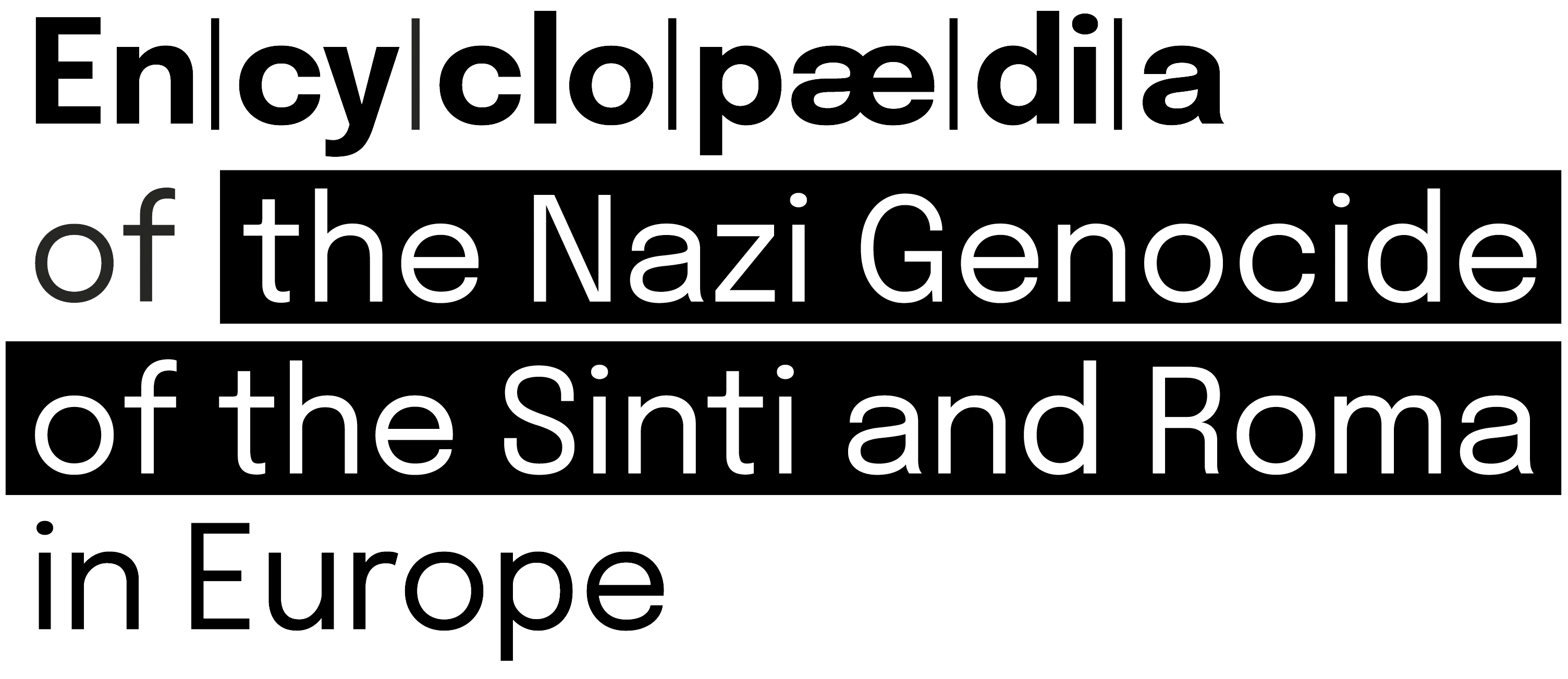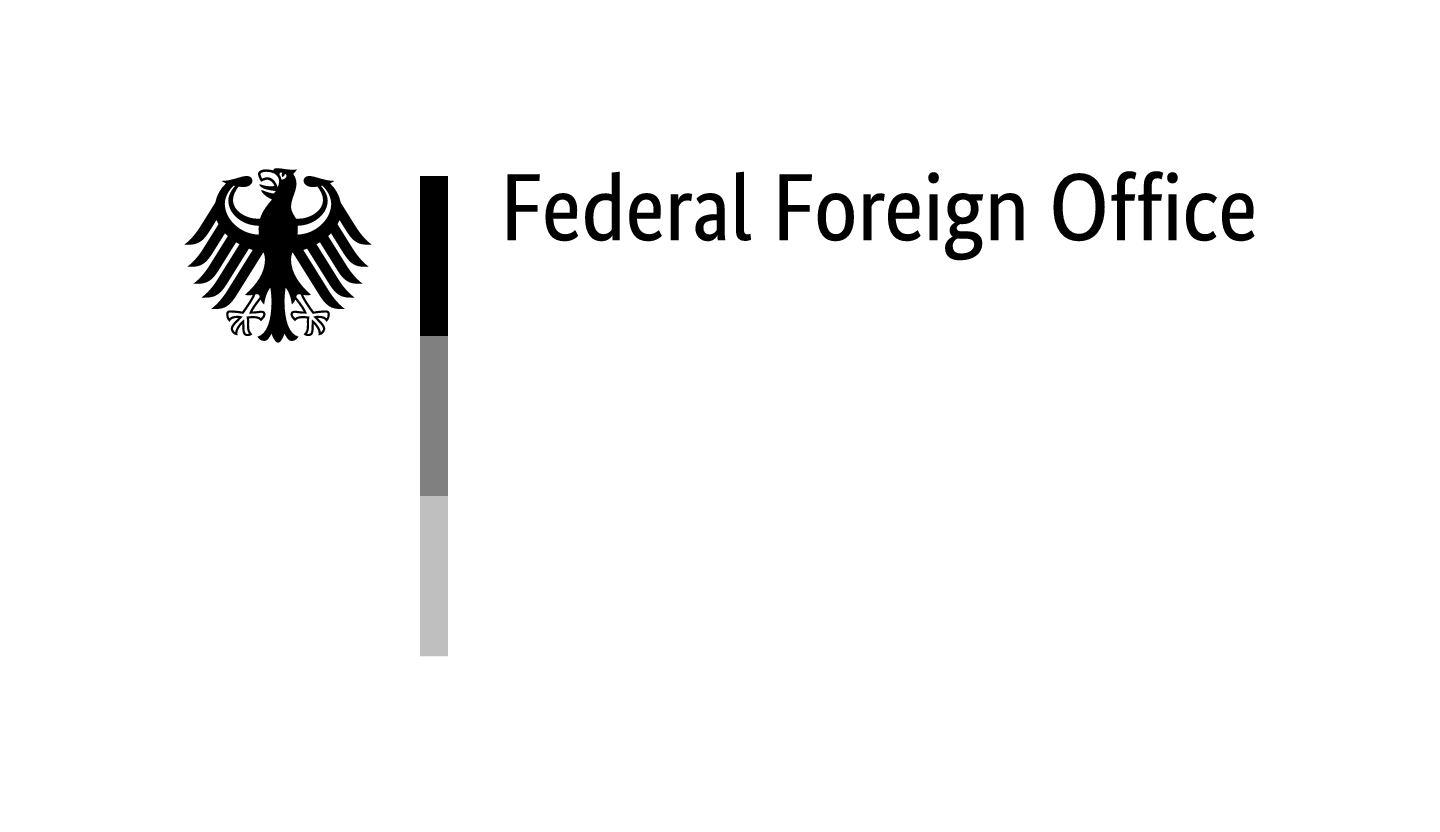Under German occupation, Kalevi-Liiva was a mass execution site for Jews and Roma, ca. 33 km east of Tallinn in Estonia. Until 1940, the Estonian army used Kalevi-Liiva dunes as an artillery range. On 30 August 1942, then Head of the Political Department of the German Security Police (Sipo) in Estonia, Heinrich Bergmann (1902–1980), notified his counterpart Ain-Ervin Mere (1903–1969) in the Estonian Security Police about the decision to reroute two Jewish transports from the German Reich to Estonia. In conversation, they identified Kalevi-Liiva as the prospective mass killing site for the incoming German and Czech Jews. A group of inmates was sent from Tallinn Central Prison to dig a mass grave at Kalevi-Liiva in the first days of September. On two days, 5 September and 1 October 1942, a firing squad consisting of members of the Estonian Security Police murdered 1,754 Jews at Kalevi-Liiva.
Murders of Roma
Subsequently Kalevi-Liiva served as a mass killing site for Estonian Roma. So far, five shootings of Roma have been reported that are linked to Kalevi-Liiva.
Forty-two Roma teenagers held in Laitse Juvenile Correctional Facility lost their lives at Kalevi-Liiva sometime between 15 October 1942 and March 1943. Details about this particular mass killing come from the records of a 1960–61 Soviet war crimes trial. From the context, this act of mass murder must have taken place around the time of the first larger mass execution of Roma in Estonia on 27 October 1942 in Harku.
Most likely Kalevi-Liiva was also the site of the murder of the Roma who were sent to Tallinn Central Prison from all over Estonia between 8 and 14 February 1943. On 10 February, the German Sipo claimed 110 Romani inmates and on 17 February a further 337. In official parlance, those individuals ‘moved from the Tallinn labour education camp into the custody of the German Security Police’. This meant just one thing—mass murder.
At least six defendants in Soviet war crimes trials mention another mass killing of Roma at Kalevi-Liiva, in early March 1943. Using this evidence alongside available police records makes it possible to identify 36 Roma (22 women, four elderly, and ten small children) who were murdered there and then. Among the gruesome details that have emerged are the circumstances of the death of an elderly woman, who was truly the last to lose her life that day. She had no legs; the victim had given the guards her last money and a golden ring for the ‘privilege’ of being carried rather than dragged to the mass grave. In all likelihood, the victim was either the 70-year-old Anastasia Tsubulski or the 67-year-old Maria Ivanov, both from Petseri province.
There was one more occasion when Roma were shot in Kalevi-Liiva: In early spring 1944, the director of Laitse Juvenile Correctional Facility received an order from the German Sipo to hand over the remaining Roma children. He was allegedly told that the children were to meet their parents and would return within a week. But according to information he received later, they were murdered at Kalevi-Liiva.
Concealment and Trial
In the spring of 1944, Sonderkommando 1005 under the command of Paul Blobel (1894–1951) began erasing the traces of mass murder at Kalevi-Liiva by burning the corpses. In March 1961, four defendants implicated in the crimes committed at Kalevi-Liiva and Tallinn Central Prison stood trial, an event which was widely publicised by the Soviet authorities.
Memorial
On 6 May 2007, the North Estonia Romani Association erected a monument at the former mass execution site in Kalevi-Liiva. This is the first and only monument commemorating the murdered Roma of Estonia.




